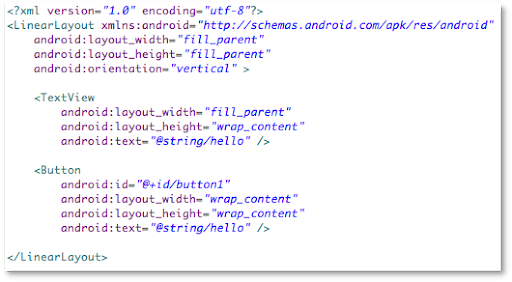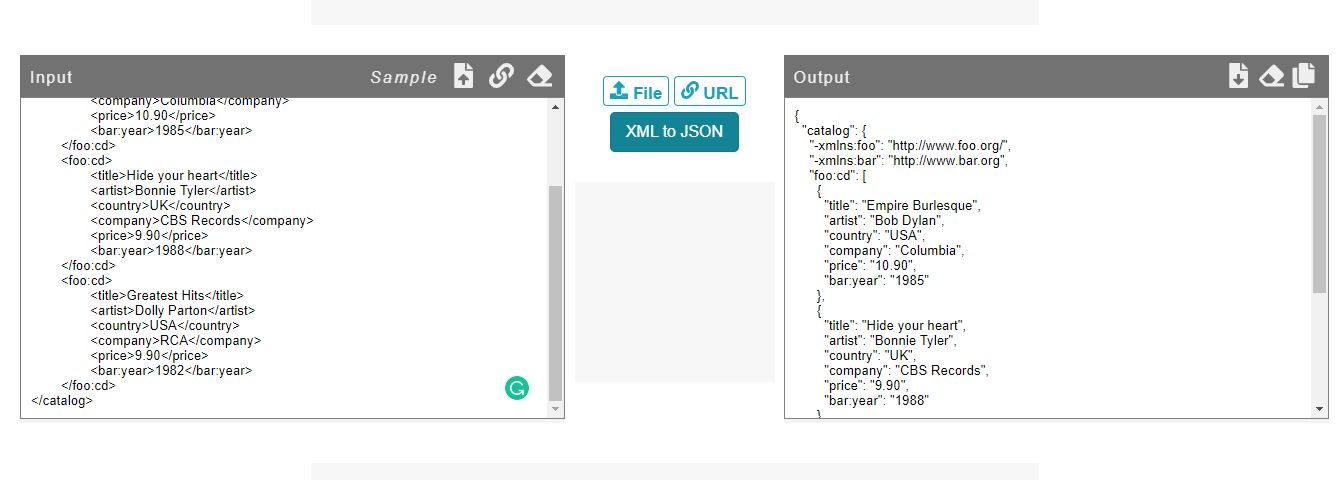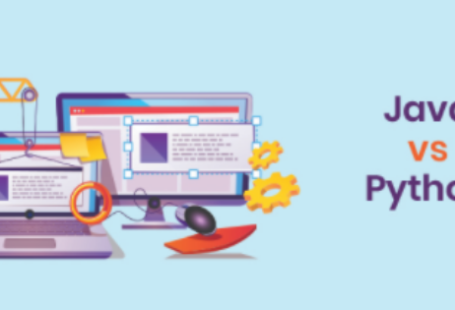If you are worried about converting XML to JSON, here we can guide you in this term. This article can make your task easy and can help you to convert markup language to Java code.
We will make this possible using python, which has multiple libraries, and help the developers in daily life.
What is XML?
XML is a vital part of developing a structure using different codes. It is an extensible markup language that helps to store the data.
Users can get access here to get the data related to the application. It shows the interphase of an application that users see at the front end.
It arranges the data in a structured way like a hierarchy tree that reduces the complexity and makes it easy to understand.
It stores the provided information that makes it heavier and a little slower. You need to have a high transfer speed while transferring data.

XML keeps the data in organized form but is not up to the mark in terms of the speed that is required. It is the first choice of users to store the data.
But when it comes to speed, they prefer to move to JSON that increases the run time and makes the working fast.
What is JSON?
JSON stands for JavaScript object notation, which is a lightweight format as compared to XML. It stores the data in form of key/value pairs.
These keys are strings (used in python) and values are the JSON categories. You can get the data quite easily in JSON as it is separated by the clones.
Users use it to read the data and get it onto the webpage. It uses transfer statistics where the brackets are converted to commas.
It becomes easy for the developers to understand the terms and working of the whole process.
How to convert XML to JSON?
Converting XML to JSON is not a tricky task. You can make complex equations simple by using this method.
Several libraries can help to convert XML to JSON. Users can use two top methods to change markup language to JavaScript.
· Using external libraries
The first way that can be helpful for you to convert XML to JSON is using external directories. Here you have to enter the coding in the library.
As you add the code there, it reads the entire equation and changes it to JavaScript that can easily be understood by the users.
Using this method, you can easily remove the complexities and use the APIs of other sites to get the result.
· Using online tool
The other method that users can apply to convert markup language to JavaScript, is using online tools.
You can use an XML to JSON converter that gives the instant response and change the coding into JSON quite easily.

When the code is entered in the XML box it applies some rules to convert XML.
- The namespace from the code is removed from the resulting property.
- The attribute of the code will be counted as a JSON property.
- The sequenced rows in the XML are translated into a JSON array.
Why do we need XML or JSON?
The main thing that we need to know is why we need it all? In the software, we have to interphases. That is frontend and backend.
Let’s say you are using an application where you are getting the frontend and it is showing you all the functionalities.
Here you don’t have an idea that how it’s all going on the backend. It is working on XML and JSON that use codes in the backend.
JSON uses the APIs so when a command is given here, it gives the result to the user at the front end using these APIs.
But the question is why do we need it? Suppose you are asked to open a file that is of a particular format but you need to load it.
There you have only the option to convert the markup language into JSON that can be supported on that platform.
Both have their ups and downs but sometimes you have to convert them where you can’t compromise over one format only.
Properties of XML and JSON
As mentioned above both of these languages has their features. So, here we will talk about the top features of these two top languages.
Spotlight of XML
- The tags in XML are not predefined. You can customize the tags and use them as needed.
- The markup code used in XML is easy to understand.
- It is designed to carry the data and save it. It doesn’t show you the data in the front end.
- Programmers can easily understand the working as its structure is quite simple.
Spotlight of JSON
- The APIs of JSON uses high-level elevation that helps it be easy to use and understand for the users.
- The library of JSON is independent which means it doesn’t need the other libraries for processing.
- In large projects, you need fast and accurate results. the performance of JSON is quite fast as compared to XML and consumes less space.
- This format is supported on almost every browser.
Final verdict
Both XML and JSON have their own work and provide the results on every command. XML is used to store large data.
JSON on the other hand takes less space while storing the data and gives response more quickly. Moreover, this format is compatible with every browser.
So, users sometimes need it while testing a code. They apply methods and convert the XML to JSON.






